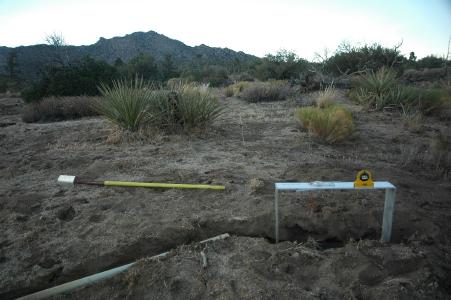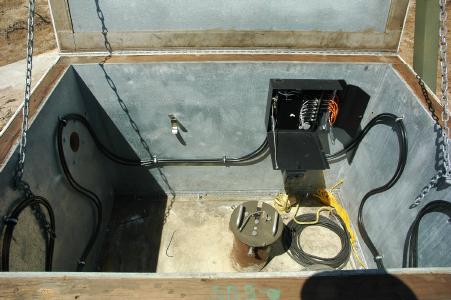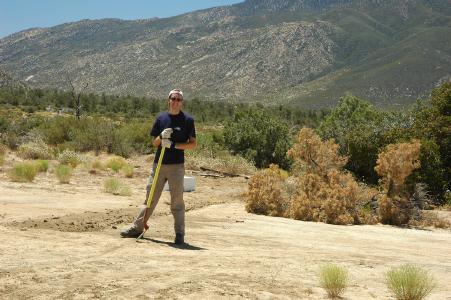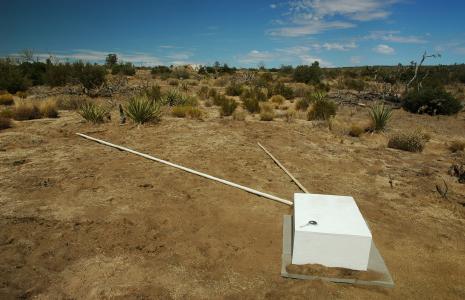|
August 12, 2009
HPWREN is supporting real-time communication for a Sprites sensor of
University of Bath researchers at Piñon Flat Observatory
By Toby Whitley, Dept of Electronic and Electrical
Engineering, University of Bath, United Kingdom
HPWREN and UCSD has supported Dr Toby Whitley from the University
of Bath, England, setting up a data logger and magnetic field sensors
at Piñon Flat Observatory in California, one of a network of four
similar stations scattered around the globe. The unit at Piñon
Flat is the first to be fully operational with Internet connectivity,
ready for a long term measurement campaign, the aim of which is to
study Sprites, a type of transient luminous event seen above large
thunderstorms. The equipment detects the Sprites from their
electromagnetic signatures in the extremely low frequency band which,
due to the nature of the Earth Ionosphere cavity, propagate around
the entire planet. Combining the data from the entire sensor network
allows the total number and locations of Sprites to be mapped. The
ideal site to detect Sprite signatures is remote and away from mains
electricity sources or other low frequency interferers, however for
a long term deployment the equipment needs power and an Internet
connection to allow control and monitoring of the unit. These two
requirements are difficult to find and is why the support of HPWREN
is so vital in order for a project like this to succeed.

|
The other data-logger locations: the British Geological
Survey observatory in Eskdalemuir, Scotland, the South African
Astronomical Observatory, Sutherland, and the Geoscience Australia
magnetic observatory near Canberra.
|
On Monday 6th of July Toby Whitley arrived at UCSD to meet Frank
Wyatt, Steve Constable, Pete Davis, Glen Offield and the other
members of Staff who were supporting the Bath University Sprite
Project and helping with the Piñon Flat installation. Having planned
various details of the deployment, a group drove up to the site and
spent the following few days installing the equipment. Initial
test measurements were made to find the most electrically quiet
area of the site before the equipment was fixed in place and all
cables were buried to prevent animal damage. This was extremely
hot work. Connection to the network was made using a fibre optic
cable from an access point on site to a media converter on the data
logger and then an Ethernet cable into the unit itself. The unit
consists of an ADU07 data-logger, GPS antenna, a backup battery and
two MFS07 magnetic field sensors placed north and east, recording
Hx and Hy. The connection worked flawlessly and immediately and
has been running ever since, allowing full control of the data-logger
from Bath University.
The other sites around the world should be coming online in the
near future to join the one supported by the HPWREN network.
|
The ADU07 datalogger, which facilitates the data collection, while
being accessible from the University of Bath.
|

|

Digging trenches for the magnetic field sensors (top), and laying cables
(right) was part of the installation.
|

|
|
This photo shows tha SDB connection point.
|

|

|
Toby Whitley hard at work!
|
|
The completed installation shows the instroment with its cover
and the GPS antenna.
|

|
|

